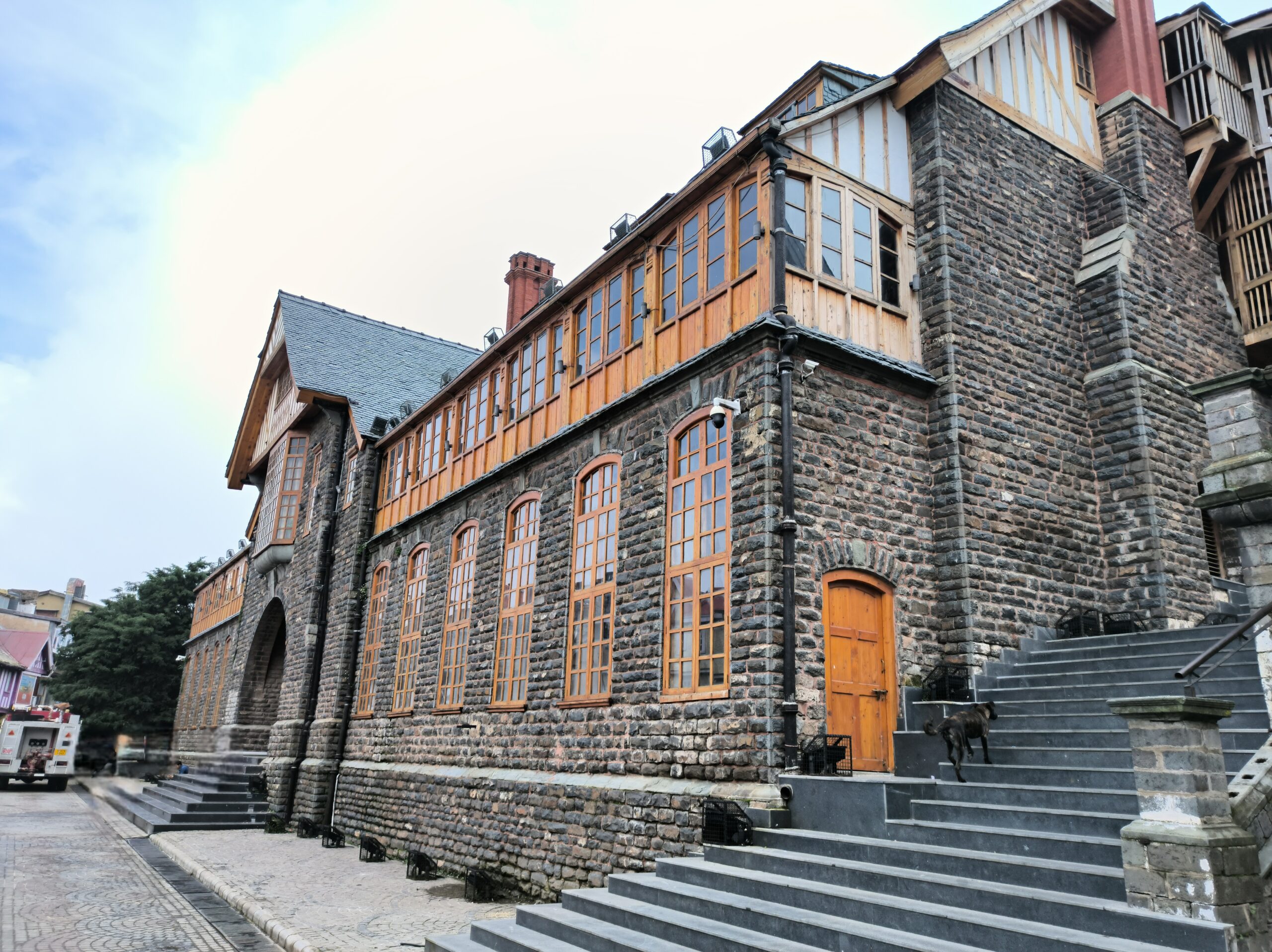The United Kingdom’s Most Recognizable and Historic Structures & Architects

Although there are over 2,500 buildings in the United Kingdom that are older than 200 years, the oldest house in England is not like any other house you've seen before. St. Nicholas Church, located in North Ormskirk, Lancashire, was constructed in 1270, making it the oldest church in the United Kingdom that is still standing. The church has been used as a place of worship at least since the 12th century, but its roots go all the way back to the time of the Saxons. Cistercian monks from Furness Abbey were responsible for its founding, but in 1534 it was transferred to the care of the North Ormskirk parish. It continued to function as a parish church until 1876, when it was converted into a chapel of ease for the Saint Mary Magdalene parish church in the area. The Methodist Church presently makes use of the structure as a place of worship in the modern day. In addition, it is the location of the North-West Minster of the Methodist Church, which is notable for being the initial Methodist congregation to be established in the county. If this is something you're interested in you should consider looking up: drawing for landscape architecture.

Most well-known ones from the United Kingdom. Christopher Wren, a prominent figure in English architecture, was born in 1632 and was the son of an Anglican minister. He held the positions of bishop of London, master of the Royal Mint, and dean of St. Paul's Cathedral during his career. In 1671, Wren was responsible for the design and construction of St. Paul's Cathedral, which was the first permanent church building in London. It was originally a cathedral for the Diocese of London, but in 1833, when the Church of England merged with the Episcopal Church of England, it was elevated to the position of cathedral for the entire country. Wren was responsible for the construction of a great number of significant churches and public buildings in Britain, some of which are the Royal Naval College in Greenwich and St. Marylebone Parish Church.
Edwin Henry Charles Lutyens was a prominent figure in the architectural and decorative arts communities in England. It is generally agreed that he was the most influential British architect of the early 20th century and that he was one of the most influential designers of his time period. Lutyens was responsible for the design of a diverse range of structures, including homes, offices, and even churches. The use of natural materials in his work, such as stone, brick, and wood, was a defining characteristic of his style. His work is representative of the Arts and Crafts Movement, in which he was a leading figure, and it is notable for the simplicity and harmony with which it is composed.
Sir Frank Brangwyn was a well-known English architect and artist. He was awarded the CBE. He received his education at the Birmingham School of Art after being educated in Birmingham, England, where he was born. Before he started working as an architect full-time, he had a career as a landscape painter and a designer of stained glass. In the year 1894, he was given the responsibility of leading the Birmingham's Architectural Department as its head.
